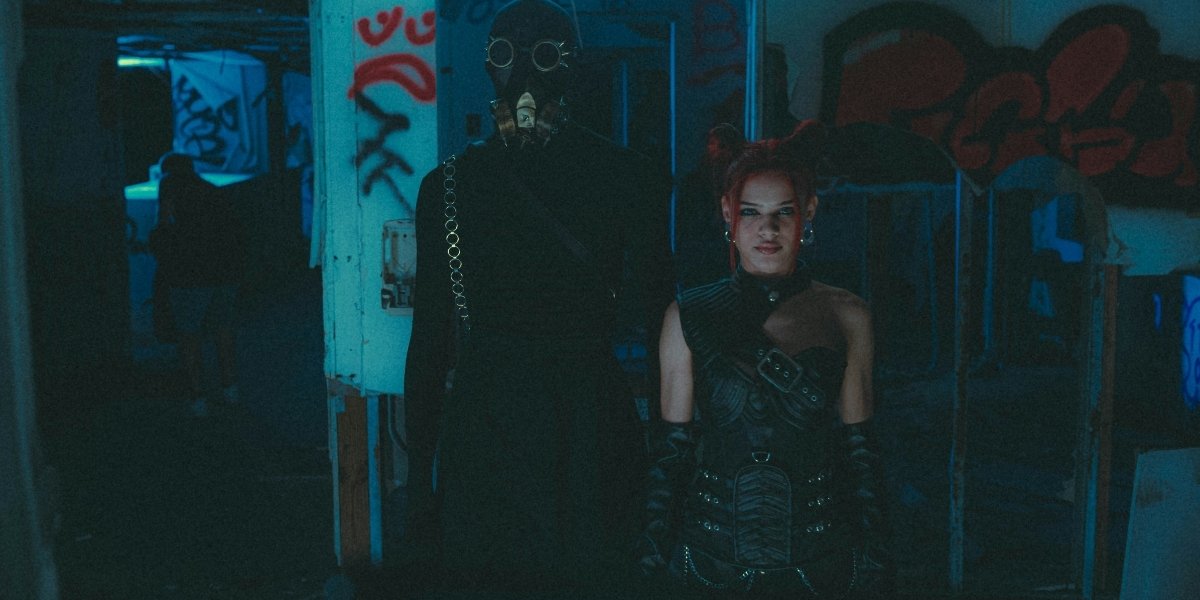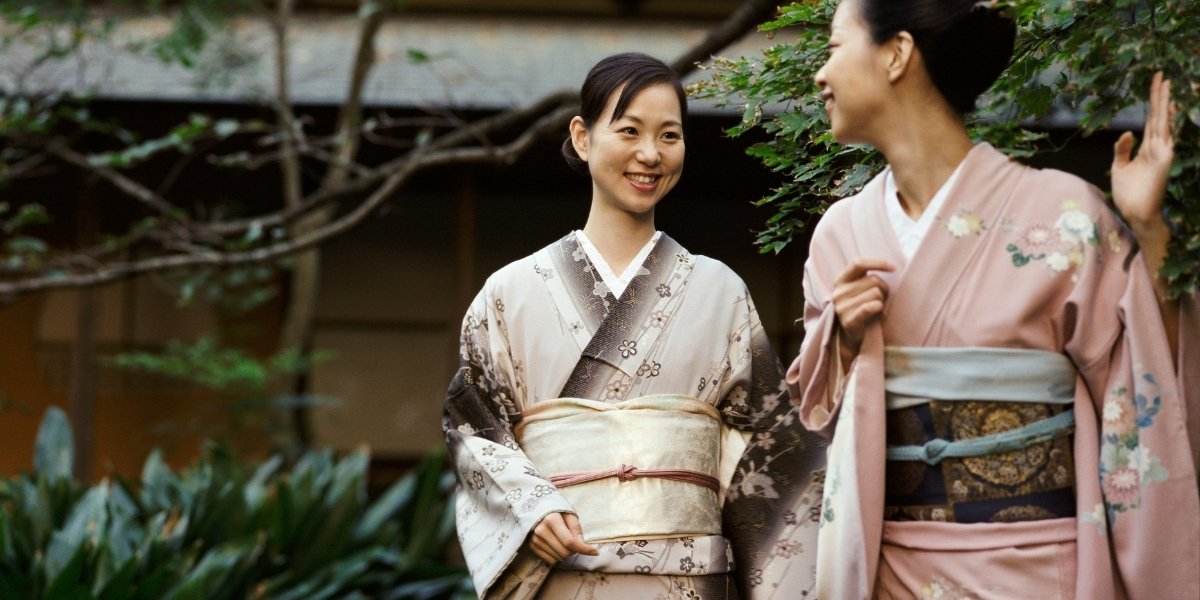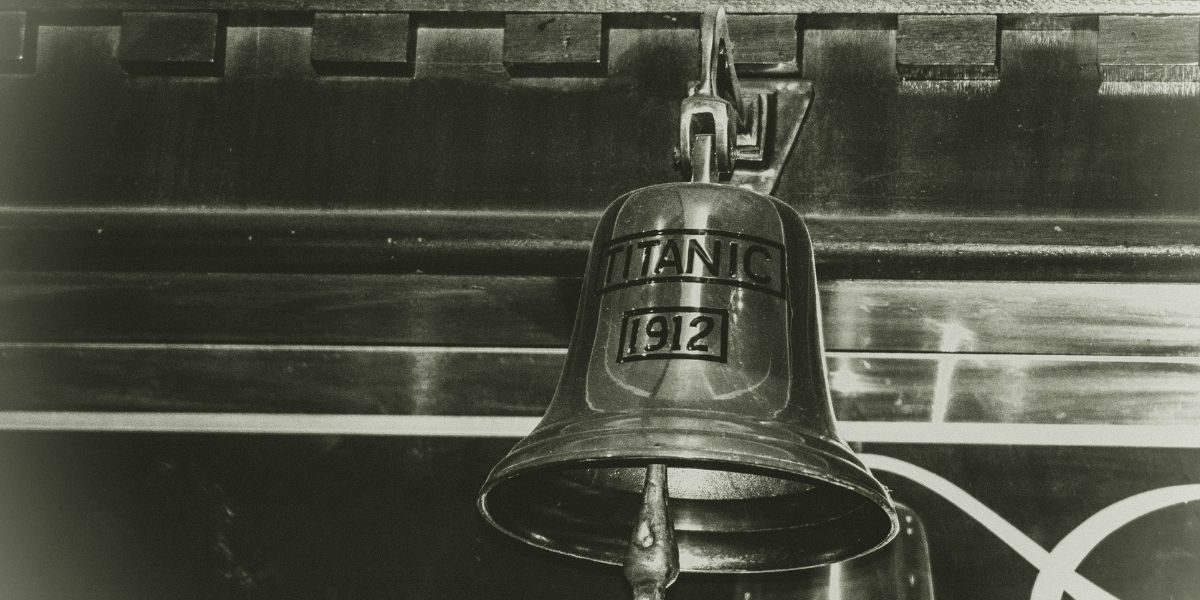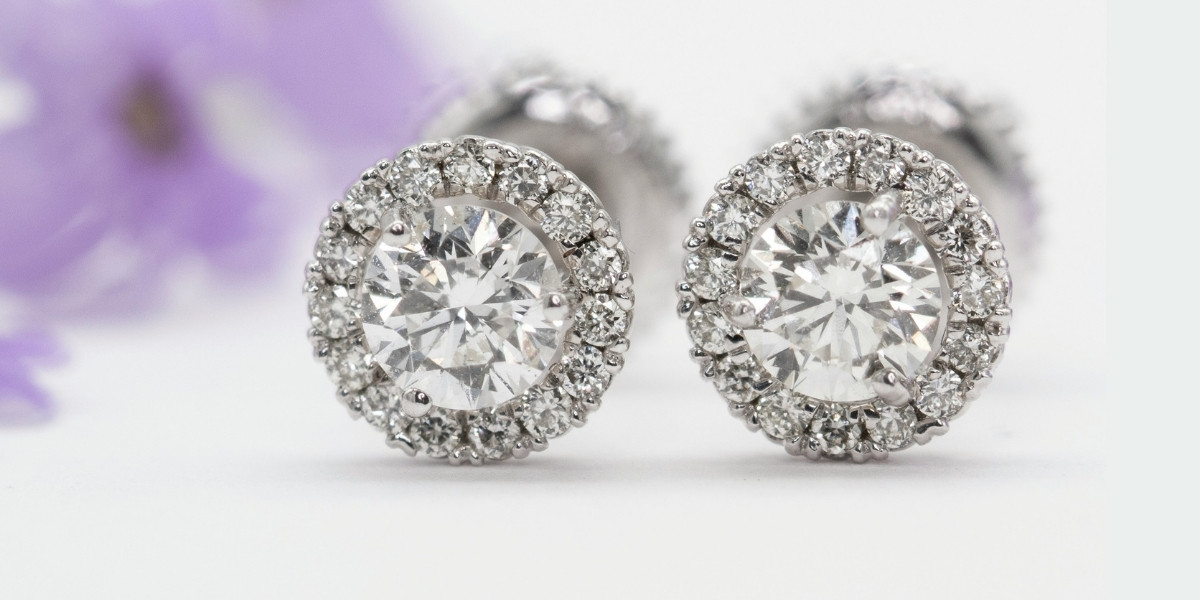Beyond the dazzling performances and captivating narratives, a crucial element of filmmaking often goes unnoticed by the casual viewer: the tangible objects that bring a story to life. Film props and costumes are not merely background elements; they are essential pieces of the cinematic puzzle, contributing to character, setting, and atmosphere. Once production wraps, many of these items transcend their on-screen purpose, becoming cherished pieces of film memorabilia. The journey of these cinematic artifacts, from their initial creation to their careful preservation and restoration, is a specialized art form itself, demanding unique skills and a deep understanding of materials and history.
Read Also: How Streaming Wars Will Shape the Future of Entertainment
The field of film memorabilia involves much more than simply collecting; it encompasses the meticulous processes required to ensure these pieces endure. Whether it is a hero prop used prominently by a character or a meticulously designed costume, each item carries a fragment of cinematic history. The challenges of preserving these diverse objects, often made from unconventional materials and exposed to the rigors of production, require dedicated expertise to maintain their integrity for future generations.
How Are Props and Costumes Initially Crafted for Film?
The creation of props and costumes for film is a highly specialized craft, often blending traditional artistry with innovative techniques. Prop makers, sometimes referred to as fabrication artists, are tasked with bringing a script’s description of an object into physical existence. This can involve sculpting, molding, casting, welding, and painting, using a vast array of materials from wood and metal to plastics, resins, and foam. The goal is not just to make an object that looks convincing on screen but also one that is durable enough to withstand multiple takes and handling by actors and crew. Often, multiple versions of a single prop are created for different purposes: a hero prop for close-ups, stunt props for action sequences, and breakaway props designed to be destroyed.

Photo Credit: Unsplash.com
Costume designers and their teams engage in a similarly intricate process, translating character concepts and historical periods into wearable art. This involves extensive research into fabrics, construction methods, and period details. Drapers, cutters, and sewers work with a wide range of textiles, creating garments that not only fit the actors but also move convincingly on camera. Weathering and distressing techniques are frequently applied to costumes to make them appear worn, aged, or appropriate for specific scenes, further enhancing their narrative contribution. The initial crafting is a testament to immense creativity and technical skill, laying the foundation for what will eventually become valuable film memorabilia.
What Are the Primary Challenges in Preserving Film Memorabilia?
Preserving film memorabilia presents a unique set of challenges compared to other types of historical artifacts. Unlike museum pieces designed for longevity, many props and costumes are created quickly, using materials selected for their on-screen appearance and ease of fabrication, rather than their long-term stability. Plastics, foams, and composite materials, common in prop making, can degrade unpredictably over time, becoming brittle, sticky, or discolored. Fabrics used in costumes might also be fragile, prone to fading, or susceptible to insect damage.
Environmental factors are also critical. Fluctuations in temperature and humidity can accelerate material degradation, leading to warping, cracking, or mold growth. Exposure to light, especially ultraviolet (UV) light, can cause irreversible fading of colors and embrittlement of materials. Handling by multiple people during production and subsequent ownership also introduces wear and tear. Furthermore, documentation is vital; without accurate records of materials used, construction methods, and on-screen use, proper preservation becomes significantly more difficult. These inherent vulnerabilities necessitate highly specialized storage conditions and ongoing monitoring to ensure the longevity of these cinematic treasures.
How Are Film Props and Costumes Professionally Restored?
The restoration of film memorabilia is a delicate and highly skilled process aimed at stabilizing and, where appropriate, returning an item to its former appearance, all while preserving its historical integrity. Restorers often have backgrounds in fine art conservation, chemistry, and materials science. The first step involves thorough documentation and assessment, including identifying original materials and any previous repairs or alterations. This research guides the conservation plan, ensuring that any interventions are appropriate and reversible if possible.
Techniques employed vary greatly depending on the item and its condition. For props, this might involve cleaning delicate surfaces, re-adhering detached components, stabilizing deteriorating materials, or carefully repainting areas where original finishes have flaked or faded. For costumes, restoration can include meticulous cleaning, re-stitching torn seams, reinforcing fragile areas, and color matching to address fading. Ethical restoration prioritizes the original materials and historical accuracy, often choosing minimal intervention to stabilize an item rather than completely rebuilding it. The goal is to ensure the item can be studied and appreciated for years to come, reflecting its condition as a piece of the operatic repertoire from its original production.
What Role Do Collectors and Archives Play in Preservation?

Photo Credit: Unsplash.com
Collectors and specialized archives play a pivotal role in the long-term preservation of film memorabilia. While some items may be retained by studios, a significant portion enters private collections or dedicated public archives. Passionate collectors often invest considerable resources in acquiring, housing, and caring for these artifacts, driven by a desire to own a piece of cinematic history. Their dedication ensures that many unique items are saved from neglect or loss, becoming accessible for future generations of enthusiasts and researchers.
Dedicated archives and museums, both private and institutional, also serve as crucial custodians. These organizations possess the expertise, specialized facilities (like climate-controlled vaults), and resources necessary for professional conservation. They document each item’s provenance, conduct scientific analysis of materials, and ensure proper storage to mitigate degradation. Many also conduct educational programs and public exhibitions, allowing wider audiences to appreciate these tangible links to beloved films. The collaboration between individual collectors and established archives is vital for a comprehensive approach to safeguarding the vast and diverse world of film memorabilia.
Why Is Preserving Film Memorabilia Important for Cultural Heritage?
The preservation of film memorabilia extends far beyond mere fan interest; it is a critical endeavor for safeguarding cultural heritage. Film is a powerful reflection of society, capturing moments in history, evolving fashions, technological advancements, and shifts in storytelling. Props and costumes are tangible links to these cultural narratives, offering unique insights into the artistic and technical processes behind beloved cinematic works. They are historical documents that can inform future generations about the craft of filmmaking and the specific cultural contexts in which movies were made.
Read Also: Must-Watch Book Adaptations: Books Turned Into Movies and Shows
These artifacts also hold immense educational value, serving as teaching tools for students of film studies, design, and history. Examining the construction of a costume or the engineering of a prop can reveal details about period accuracy, material innovation, and artistic vision. Furthermore, film memorabilia carries emotional significance for audiences, representing the stories and characters that have touched their lives. By meticulously crafting, preserving, and restoring these items, the enduring legacy of cinematic art is protected, ensuring that the magic of the screen can continue to be explored and appreciated through its physical remnants for centuries to come.








